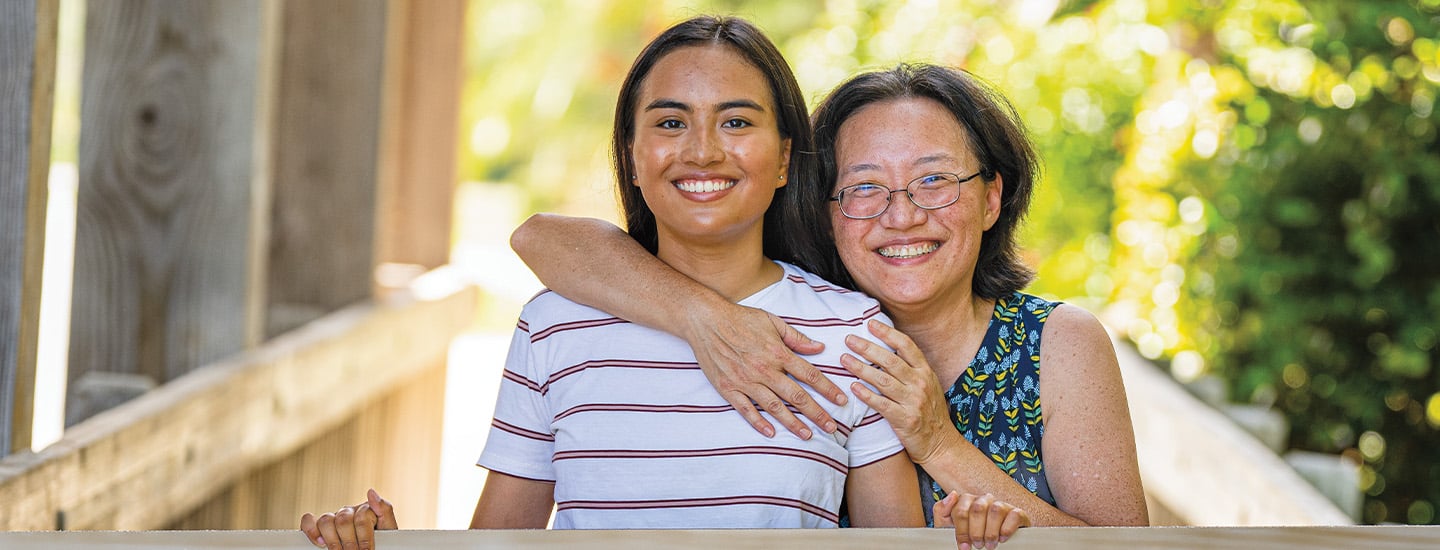Sophie Araque-Liu knows what it feels like to struggle. Like many teens, the 17-year-old from Stuart, Florida, attended school remotely during the pandemic and was unable to see her friends in person. She felt isolated and alone. “I was kind of embarrassed to reach out and tell people what I was going through,” she recalls.
Sophie’s story isn’t unusual. The number of kids and teens struggling with anxiety, depression, and other mental health issues has spiked in recent years. According to the Centers for Disease Control and Prevention (CDC), 44 percent of high school students in the United States reported feeling persistently sad or hopeless in 2021—up from 37 percent in 2019.
Mental health—which includes emotional, psychological, and social well-being—has become one of the biggest health concerns facing American teens today, officials say.
“Mental health challenges in children, adolescents, and young adults are real and widespread,” says U.S. Surgeon General Vivek Murthy.
In 2021, Murthy issued an advisory calling youth mental health an urgent public health crisis. “The future well-being of our country depends on how we support and invest in the next generation,” he says.
Sophie Araque-Liu knows what it feels like to struggle. The 17-year-old is from Stuart, Florida. Like many teens, she attended school remotely during the pandemic. She was unable to see her friends in person. She felt isolated and alone. “I was kind of embarrassed to reach out and tell people what I was going through,” she recalls.
Sophie’s story is not unusual. The number of kids and teens struggling with anxiety, depression, and other mental health issues has spiked in recent years. According to the Centers for Disease Control and Prevention (CDC), 44 percent of high school students in the United States reported feeling persistently sad or hopeless in 2021. That is up from 37 percent in 2019.
Mental health includes emotional, psychological, and social well-being. Officials say it has become one of the biggest health concerns facing American teens today.
“Mental health challenges in children, adolescents, and young adults are real and widespread,” says U.S. Surgeon General Vivek Murthy.
In 2021, Murthy put out an advisory that called youth mental health an urgent public health crisis. “The future well-being of our country depends on how we support and invest in the next generation,” he says.

